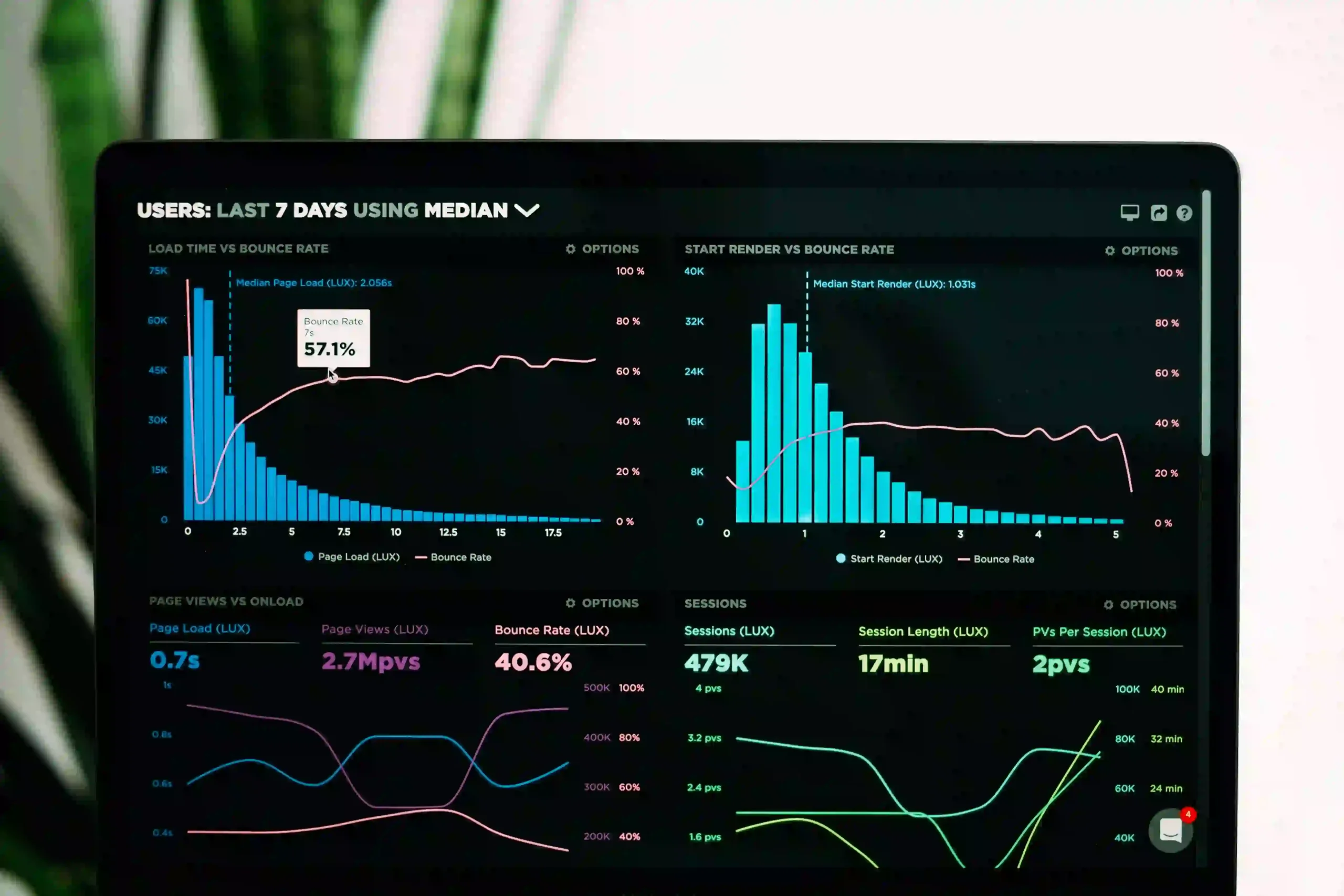
In today’s fast-paced digital world, getting someone to click on your ad, open your email, or even stop scrolling on social media takes more than just good design. It takes psychology. That’s where neuromarketing comes in — the perfect blend of marketing strategy and brain science.
Whether you’re running a startup or managing digital campaigns for clients, understanding how human behavior influences decision-making can completely change the results you get online. Let’s explore how neuromarketing works and how you can use it to improve your digital marketing strategy.
What is Neuromarketing?
Neuromarketing is a scientific approach that studies how people’s brains respond to marketing stimuli. It focuses on emotions, attention, memory, and decision-making. In simple terms, it’s all about using psychological triggers to guide customers toward clicking, buying, or engaging.
Brands like Coca-Cola, Apple, and Google have been using neuromarketing techniques for years to build loyalty and boost conversions. But the good news is — you don’t need a huge budget to start applying it to your digital campaigns.

Why Does Psychology Matter in Marketing?
Every action online — clicking a button, signing up, or skipping a video — is based on how our brain reacts. Neuromarketing helps us understand what content or message connects emotionally with users.
Think about it:
-
Why do you trust certain colors more than others?
-
Why does a “limited-time offer” make you act fast?
-
Why do testimonials increase your confidence in a brand?
It’s because our brains are wired to respond to certain psychological cues — and good marketers know how to use them.
5 Neuromarketing Techniques That Drive Clicks
1. Use Emotional Triggers
People make decisions emotionally first, then justify them logically. Craft headlines and visuals that spark emotions like happiness, curiosity, fear of missing out (FOMO), or trust.
Example: “Don’t Miss Out on the Deal That’s Helping 1,000+ Businesses Grow Online”
2. Color Psychology Matters
Colors influence mood and behavior. Blue builds trust. Red creates urgency. Green signals growth. Choose your brand colors wisely and apply them consistently in your ads and website.
3. Eye Gaze and Faces in Visuals
Studies show that we naturally follow where people are looking. Using human faces looking toward your call-to-action (CTA) or product can increase engagement.
4. The Power of Scarcity and Urgency
Words like “Only 3 left” or “Offer expires today” trigger urgency and drive immediate action. This works because of a psychological principle called loss aversion — people hate missing out.
5. Storytelling Over Selling
Instead of just listing benefits, tell a story. Our brains are more engaged by stories than by facts. A relatable journey builds emotional connection and trust.
How You Can Start Using Neuromarketing
You don’t need expensive tools or complex strategies. Here’s how to get started:
-
Redesign your ad copy using emotional headlines.
-
Test color combinations on CTAs and buttons.
-
Add real human images in your creatives.
-
Create short success stories instead of just testimonials.
-
A/B test urgency-driven messages.
Want to learn how to apply this in your business? Check out our guide on Low Budget Digital Marketing Hacks to combine psychology with affordability.
Final Thoughts
Neuromarketing isn’t just for big brands or scientists. It’s for smart marketers who want better results from their campaigns. By tapping into what really drives human behavior, you can turn your marketing into a more personal, emotional, and high-converting experience.
Start small, test often, and pay attention to what your audience feels, not just what they see. That’s the secret to driving real clicks — and lasting loyalty.
